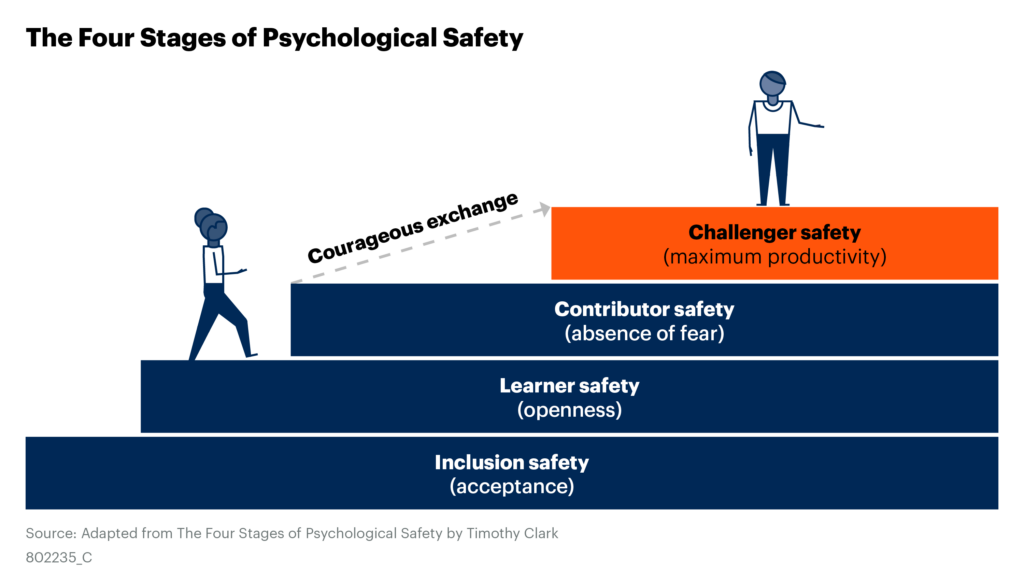This year has been intense.
Four months ago, as everyone returned from year-end holidays, I remember feeling like we were launching from sprinter’s blocks. In recent rounds with members of Gartner’s COO and CSCO communities, we’re often catching them in the few days home between site visits — domestic and overseas. Chiefs of staff and strategy roll up looking similarly bleary eyed, trying to keep all the organisational and program-related balls in the air.
This all feels very 2019, but the external environment isn’t helping either. Cost pressures, in the drive to regain pre-pandemic form, and nagging inflation propagate stress throughout our organisations. Today’s geopolitical conflicts feel intractable, and this year’s myriad global elections seem to offer less relief than more of the same. I have several other boxes to tick, including non-work stressors, but I’ll save you the trouble … it’s tiring.
Speaking recently to a high-tech leader, he noted fatigue in his team but also called out one of the silver linings of the pandemic era that he was looking to rekindle. Constant crisis had kept everyone focused on the task at hand, minimised cross-functional bickering and offered the team a sense of purpose amid the chaos.
Ebbing adrenaline, rising flow
Now that we’ve shifted from continuous fight-or-flight mode to more of a grinding stress punctuated with periodic crises, we can no longer rely on our natural response systems to carry us through. They were designed to shield us from clear and present dangers, not to deal with this type of environment. We need to tap a deeper reservoir of inner resilience.
But how can we enable ourselves and our organisations to do this with greater “flow” – a word that psychologists and trainers use to connote being mentally and physically “in the zone?”

More self-care
This is on us as individuals — and everyone has their preferences — but here are some suggestions to care for body, mind and spirit.
- Practice good sleep hygiene. Know your body’s rhythms and maximise your most productive hours for highly cognitive work and less focused time for lighter tasks like catching up on less urgent emails.
- Take microbreaks. Walk and/or sit in nature to reground yourself and move your body.
- Exercise and/or play your favorite sport.
- Meditate and/or practice yoga.
- Really take the vacation time your company allows. Enjoy your hobbies. Spend time with friends and family.
- Talk to a therapist, if useful.
- Be of service to others, through volunteerism and more generally in life.
- Practice gratitude and grace for yourself and others.
More team care
Back in the pandemic era, one of my favorite Gartner analysts, Mary Mesaglio, was the lead author of a report (Executive Leaders: Address Employee Fatigue in Times of Crisis) with summary recommendations that still resonate today.
- Elevate the meaning of workers’ tasks and roles by reorienting their organisation toward a larger mission or purpose, not just clinical business outcomes like increased revenue or shareholder returns. Communicate the mission in clear language so that it simplifies jobs rather than adding one more item to workers’ to-do lists.
- Free up time and energy for workers by permanently removing items from their to-do lists. Make a habit of taking something off workers’ plates whenever you add a new requirement.
- Regain the trust of workers by toning down optimistic rhetoric. When great success doesn’t materialise as leaders predicted, or sounds tone deaf, people question everything leaders say.
- Maintain workers’ trust by defaulting to transparency and proactive communication. Do not use “corporate speak.” Vague or cliched language says little.
Resilience underpins performance
Atop a solid foundation of individual and organisational resilience, we have an opportunity to elevate the performance of our teams through greater psychological safety. A recent report on this topic, with Shanna Grafeld as the lead author, lays out four progressive stages.
The report is worth exploring in detail, but at a summary level its recommendations for attaining each stage are:
- Uphold foundational inclusion safety by having a plan for onboarding new executive team members and investing time for team-strengthening activities.
- Establish a culture of learner safety by prioritising time for learning and requiring all executive leaders to constantly grow and upskill.
- Boost contributor safety by using both quantitative and qualitative information for decisions and seek input from all team members.
- Achieve challenger safety by establishing frameworks for productive conflict within the executive leadership team. Invite alternate viewpoints and work through, rather than avoid, challenges.
Related research shows that high-performing executive leadership teams were 20% more likely to report a focus on psychological safety than low-performing teams. This atmosphere of psychological safety supports better decision making, open dialogue and teamwork.
It turns out that promoting well-being, including psychological safety, is good for individuals, teams and enterprises.
Be well!
Originally posted on Gartner





